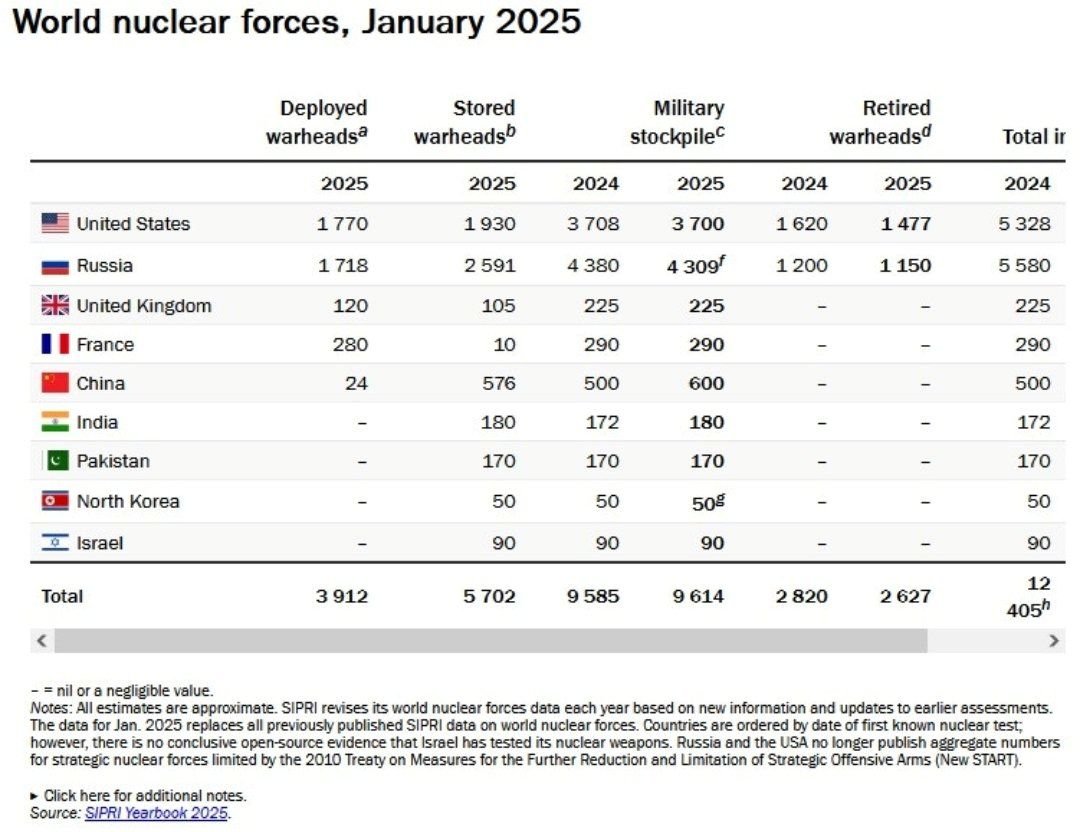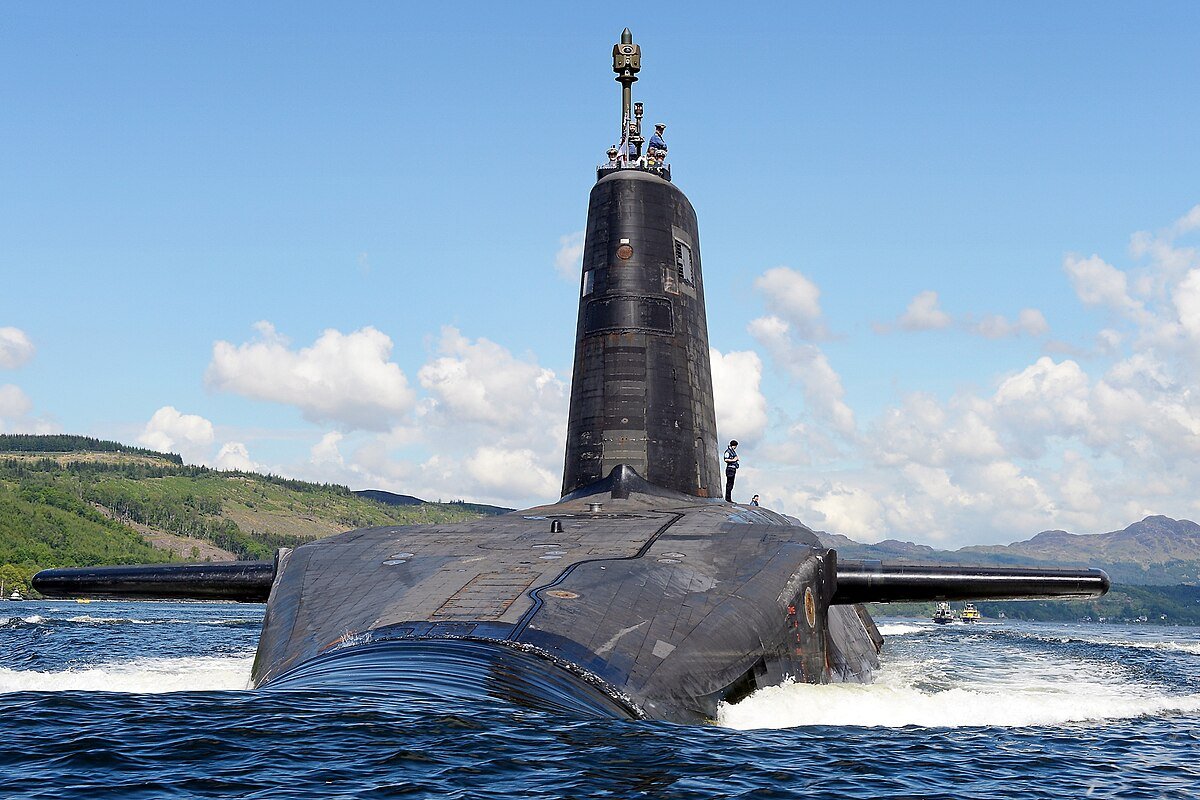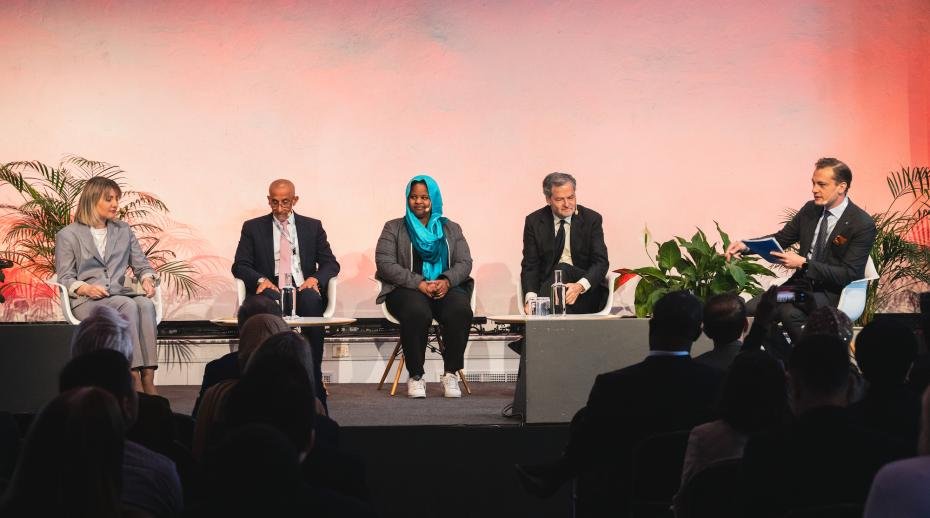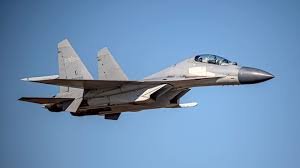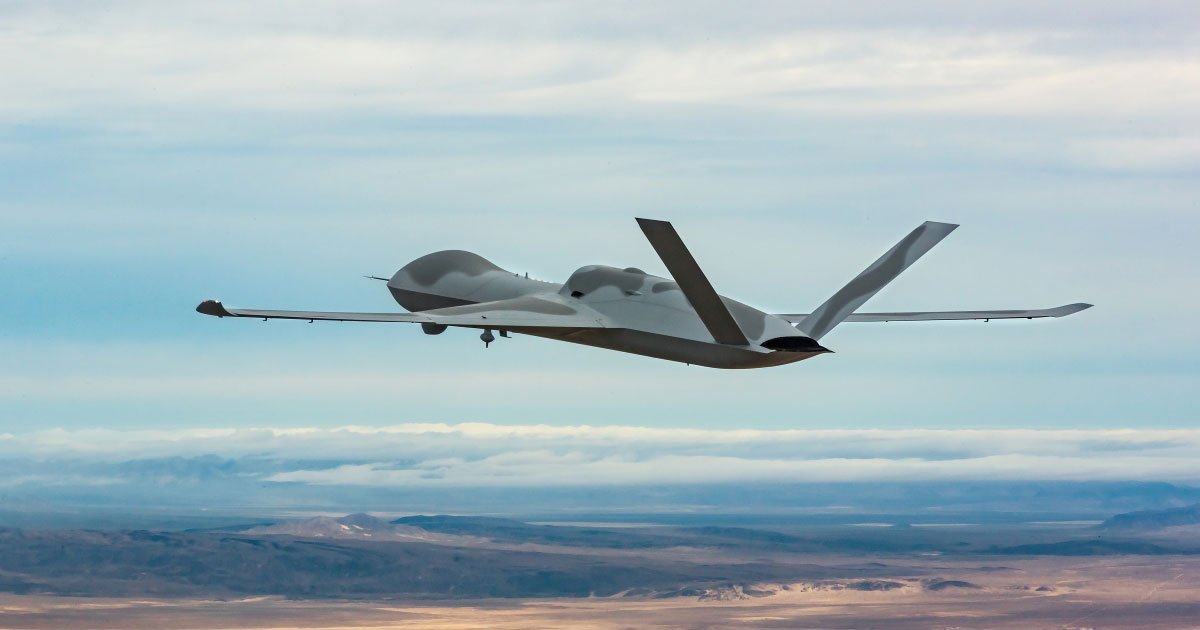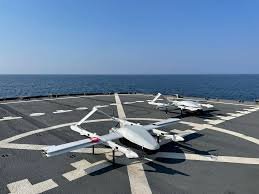SIPRI Yearbook 2025 highlights alarming nuclear arms expansion and eroding arms control
June 18, 2025 | Wednesday | Reports
A dangerous new nuclear arms race is emerging, with all nine nuclear-armed nations ramping up modernisation efforts and expanding their arsenals
The Stockholm International Peace Research Institute (SIPRI) has sounded a stark warning in its latest Yearbook 2025, highlighting a resurgence in nuclear weapons proliferation amidst a deteriorating global arms control landscape. According to SIPRI’s annual assessment, a dangerous new nuclear arms race is emerging, with all nine nuclear-armed nations ramping up modernisation efforts and expanding their arsenals.
As of January 2025, the estimated global inventory of nuclear warheads stood at 12,241. Of these, approximately 9614 are held in military stockpiles for potential use. Around 3912 warheads are currently deployed on missiles and aircraft, with 2100 kept on high operational alert, predominantly by Russia and the United States. Notably, China may also have begun peacetime deployment of warheads on missiles.
SIPRI experts warn that the decades-long trend of post-Cold War nuclear reductions is reversing. “The era of reductions in the number of nuclear weapons in the world, which had lasted since the end of the Cold War, is coming to an end,” said Hans M. Kristensen, SIPRI Associate Senior Fellow and Director at the Federation of American Scientists (FAS). He pointed to the rise in nuclear rhetoric and the collapse of arms control treaties as contributing factors.
Russia and the United States still control about 90 per cent of all nuclear warheads. While their stockpile sizes remained relatively stable in 2024, both nations are undertaking massive modernisation programmes. The expiration of the New START Treaty in February 2026 could lead to further expansion, especially in the absence of a new bilateral arms limitation agreement.
China’s nuclear programme is expanding more rapidly than any other, with SIPRI estimating a stockpile of at least 600 warheads as of early 2025. The country has constructed around 350 new ICBM silos and could rival the U.S. or Russia in missile numbers by 2030. While projections suggest China could reach 1500 warheads by 2035, this would still be far fewer than either the U.S. or Russia.
India and Pakistan both continued developing new delivery systems and adding to their fissile material stockpiles in 2024. India’s focus on ‘canisterized’ missiles, capable of peacetime warhead deployment and multiple independently targetable re-entry vehicles (MIRVs), marks a significant capability enhancement. A brief conflict between India and Pakistan in early 2025 underscored the risks of escalation, especially with nuclear-linked infrastructure involved.
North Korea also continues to prioritise its nuclear programme, with approximately 50 assembled warheads and enough fissile material to double its arsenal. Reports from South Korea in mid-2024 indicated the North is nearing the deployment of tactical nuclear weapons.
Meanwhile, the UK, France, and Israel are maintaining or upgrading their arsenals. The UK reaffirmed its commitment to continuous at-sea deterrence and a new fleet of SSBNs. France is progressing with third-generation nuclear submarines and updated cruise missiles. Israel, while unofficial about its arsenal, is modernising delivery systems and reactor capabilities.
SIPRI experts warn that without renewed commitment to arms control, the international community risks entering an era of destabilising competition. “The return of high-stakes nuclear brinkmanship is a threat to global security,” said SIPRI’s Matt Korda. “Urgent diplomatic engagement is needed to prevent future crises.”



